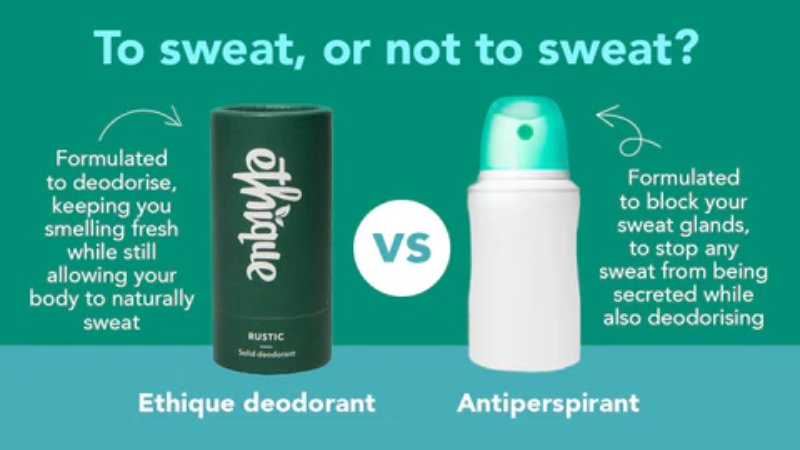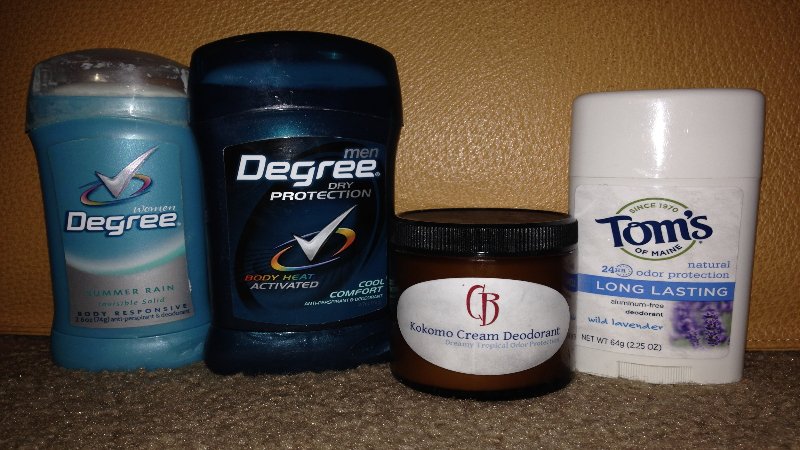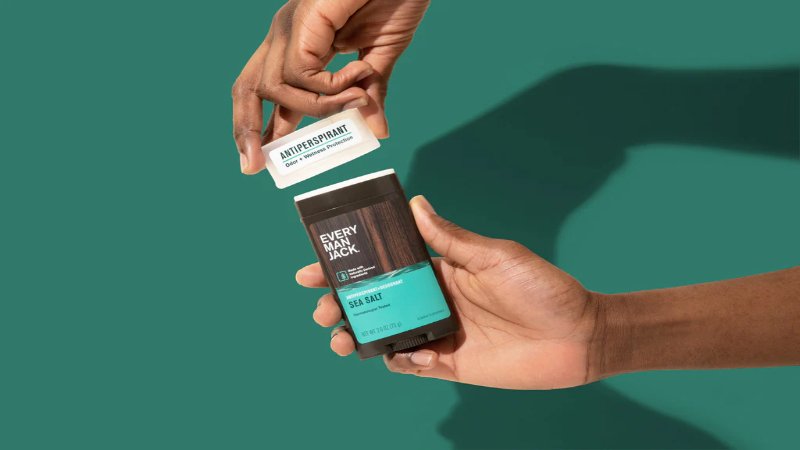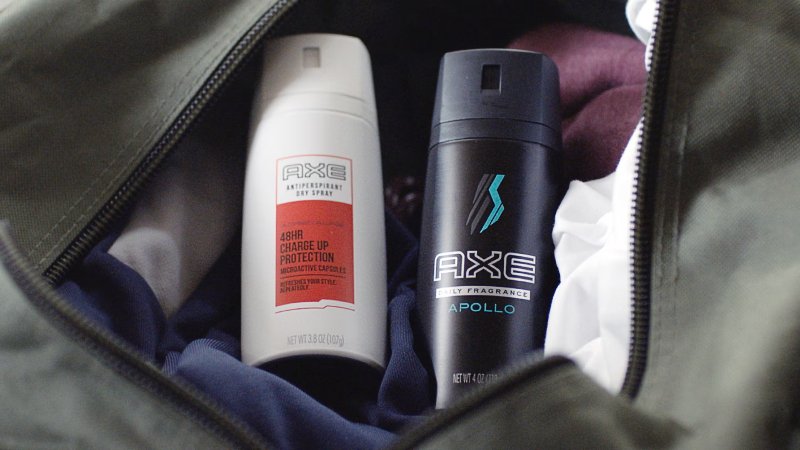Prevent Sweat Patches on Clothes: Expert Tips and Tricks
Sweat patches are a common concern impacting confidence and comfort. The embarrassment and self-consciousness associated with visible sweat stains can negatively affect social interactions, professional presentations, and overall well-being. Damaged clothing adds to the problem, creating further inconvenience and expense. This guide provides practical strategies to effectively prevent sweat patches and improve your confidence. Let’s see!
1. Choosing the Right Antiperspirant to Minimize Sweat
1.1 Antiperspirant vs. Deodorant
Antiperspirants and deodorants serve distinct purposes. Antiperspirants reduce sweat production by temporarily blocking sweat ducts with aluminum salts. Deodorants primarily mask odor by neutralizing bacteria that cause body odor. For effective sweat reduction, an antiperspirant is necessary. Fragrance-free and hypoallergenic options minimize skin irritation.

1.2 Selecting the Right Antiperspirant for Your Needs
The choice between regular and clinical-strength antiperspirants depends on your individual sweating levels. Regular strength is suitable for moderate sweating while clinical strength antiperspirants offer more potent sweat reduction for heavier sweaters. For severe hyperhidrosis, a prescription antiperspirant or other medical interventions may be necessary. Natural deodorants provide aluminum-free alternatives.
Clinical-strength antiperspirants contain a higher concentration of aluminum salts, leading to more effective sweat reduction. Prescription antiperspirants, containing higher concentrations of aluminum chloride are available for individuals with hyperhidrosis. Natural deodorants often use alternative ingredients to manage odor without aluminum salts; however, their effectiveness in sweat reduction is generally lower than antiperspirants.
2. Managing Sweat Production Through Lifestyle Adjustments
2.1 Lifestyle Changes for Sweat Reduction
One of the most foundational adjustments you can make is to ensure your body is adequately hydrated. Drinking sufficient water throughout the day is key, and you can also boost your hydration levels by incorporating water-rich foods into your diet, such as fruits and vegetables.
Beyond hydration, being mindful of your consumption of caffeine and alcohol can make a noticeable difference. These substances can stimulate your nervous system, potentially leading to increased sweat production. Therefore, reducing your intake of coffee, tea, and alcoholic beverages can be a simple yet effective strategy.
Furthermore, managing stress plays a significant role in regulating your body’s responses, including sweating. Incorporating stress-reducing practices into your daily routine can be very helpful. Techniques like deep breathing exercises, mindfulness, or engaging in regular physical activity are all excellent ways to manage stress levels naturally.
Finally, don’t underestimate the importance of consistent, quality sleep and a well-rounded diet. These factors contribute significantly to your overall well-being and can indirectly influence how your body regulates temperature and sweat. Prioritizing these lifestyle elements creates a stronger foundation for managing sweat production in a holistic way.

2.2 Addressing Excessive Sweating
Hyperhidrosis, a condition characterized by excessive sweating, requires professional medical attention. If you suspect you have hyperhidrosis, consult a dermatologist or other healthcare professional for proper diagnosis. Treatment options include prescription medications, Botox injections and iontophoresis which uses a low-level electrical current.
3. Choosing the Right Clothing to Prevent Sweat Patches
3.1 Benefits of Breathable Fabrics
Breathable fabrics such as cotton, linen, silk and bamboo are naturally more absorbent and allow for better airflow. This facilitates evaporation, keeping the body cooler and reducing the chance of visible sweat patches. Selecting appropriate clothing for the occasion and weather conditions is crucial. Proper care and washing, following the garment’s care instructions are important to maintain breathability.
3.2 The Role of Sweat-Wicking Fabrics
Sweat-wicking fabrics enhance comfort and performance during workouts and athletic pursuits. Quick-drying properties also prevent the growth of odor-causing bacteria, keeping garments fresh even after rigorous activity. Many manufacturers incorporate advanced technologies that further enhance moisture management and odor control.

4. Applying Antiperspirant Effectively for Optimal Results
4.1 Best Practices for Antiperspirant Application
To maximize the effectiveness of antiperspirants, proper application is key. It’s generally advised to apply antiperspirant to skin that is both clean and thoroughly dry. This is because applying to clean skin ensures that there are no barriers, such as dirt or oil, that could prevent the antiperspirant from properly adhering to the skin’s surface and reaching the sweat ducts. Similarly, dryness is crucial as moisture can dilute the product and hinder its absorption.
Many find that applying antiperspirant at night, before going to bed, yields the best results. This recommendation stems from the fact that sweat glands tend to be less active during sleep. Applying the product at this time allows it to be absorbed more effectively and to form a stronger block against sweat production by the time you become more active during the day.
When applying, a thin, even layer is typically sufficient. Using excessive amounts of antiperspirant is not only unnecessary but can also lead to product buildup on the skin. This buildup can potentially cause skin irritation for some individuals, and in some cases, it may even leave unwanted stains on clothing. Therefore, moderation in application is generally the most effective approach.

5. FAQs about Preventing Sweat Patches
5.1 When should I apply antiperspirant for best results?
Applying antiperspirant at night before bed is often recommended. This allows for better absorption into the skin while sweat glands are less active, resulting in longer-lasting protection. Nighttime application maximizes effectiveness because your body is at rest and sweat production is minimal.
5.2 Can certain foods make me sweat more?
Certain foods and beverages can stimulate sweat glands. Caffeine, alcohol, spicy foods and processed foods are common culprits. Dietary modifications such as reducing or eliminating these triggers may help reduce excessive sweating. A balanced diet contributes to overall well-being and reduces perspiration.
These foods increase body temperature and stimulate sweat production. Limiting their intake is often beneficial for managing sweat levels. Focusing on a balanced diet rich in fruits and vegetables can positively impact hydration, contributing to better temperature regulation.
5.3 What’s the difference between clinical-strength and regular antiperspirant?
Clinical-strength antiperspirants contain a higher concentration of active ingredients, making them more effective for managing excessive sweating. Regular antiperspirants are suitable for individuals with moderate sweating. Clinical strength should only be used as directed and is often stronger than regular options.
5.4 How can I remove yellow sweat stains from my clothes?
Pre-treating sweat stains with a paste of baking soda and water or lemon juice can help remove discoloration. Oxygen bleach is another effective option for treating yellowing. Promptly laundering clothes after wearing minimizes the chance of stains setting.
5.5 What should I do if I suspect I have hyperhidrosis?
If you suspect you have hyperhidrosis, consult a dermatologist or medical professional for proper diagnosis and treatment. Several therapies exist, including prescription antiperspirants, Botox injections and other specialized treatments to manage excessive sweating.
Read more:
This guide emphasizes a multi-faceted approach to managing sweat patches, combining product choices with lifestyle adjustments. Selecting the right antiperspirant, based on your individual needs and skin type, is a crucial first step. Remember, clinical-strength options offer stronger sweat reduction for those who need it, while regular strength suffices for moderate sweating. Let ‘s read https://mypacklove.com/ more!






















